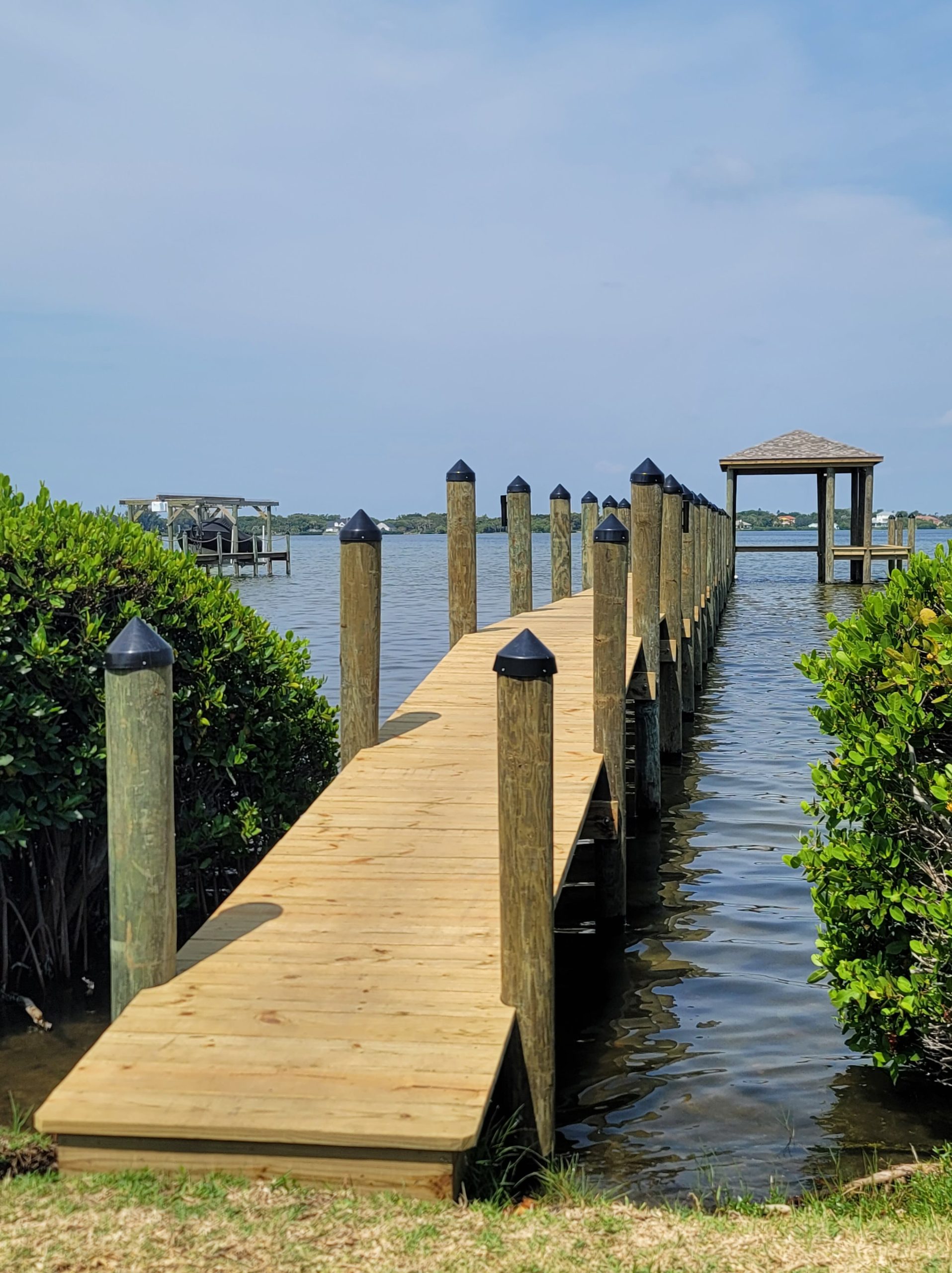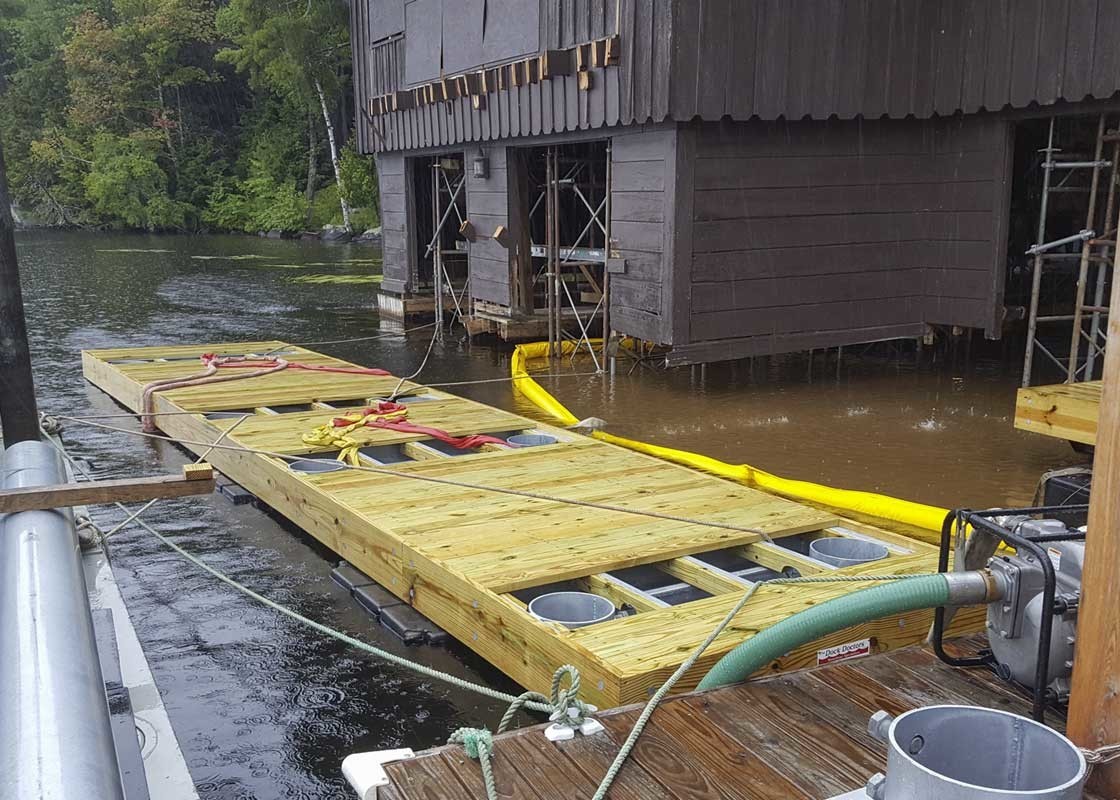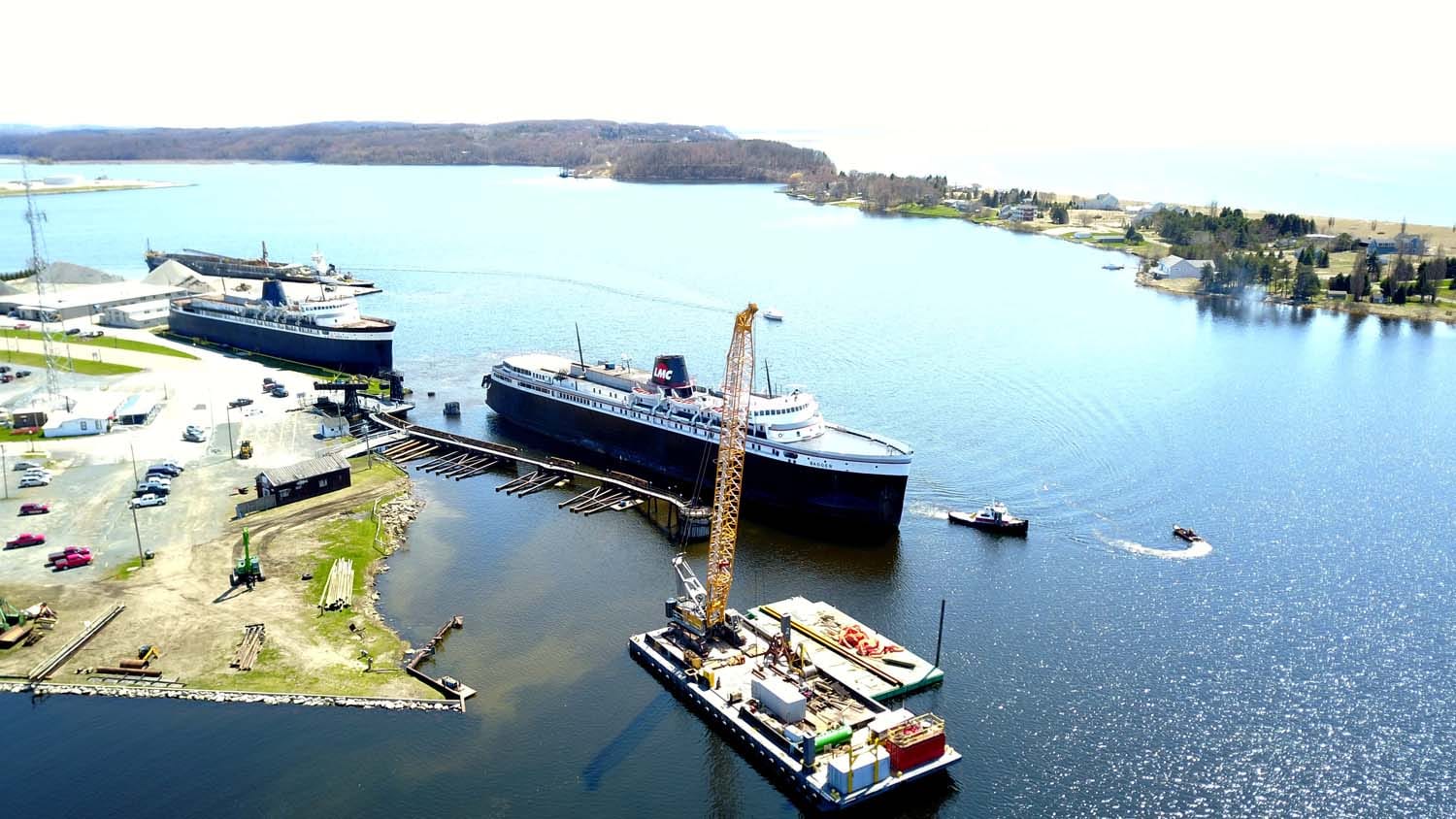Recognizing the Prices Associated With Dock Repairs
Wiki Article
Effective Dock Repair Techniques: Ensuring Structural Integrity
Making certain the structural stability of anchors with reliable repair service strategies is critical for the long life and safety of aquatic centers. Subsequently, choosing the right repair service materials, such as composite products and corrosion-resistant alloys, is essential for durability.Evaluating Dock Damages
Examining dock damages is a vital very first step in making certain the architectural honesty and security of any kind of docking center. Secret aspects to examine include the dock's structure, pilings, decking, and equipment (Dock Repairs).Architectural designers or certified examiners normally perform these assessments using specialized devices and strategies. Undersea assessments could use sonar equipment or from another location ran cars (ROVs) to spot immersed damages. Above water, visual evaluations are matched by making use of moisture meters and various other diagnostic tools to uncover underlying issues not right away visible to the nude eye.

Deciding On Fixing Products
Selecting the ideal repair work materials is an essential action in the dock reconstruction process, one that directly influences the durability and efficiency of the repaired framework. Material selection should be driven by aspects such as environmental conditions, load-bearing requirements, and compatibility with existing dock components. For example, wood is a standard choice for docks due to its natural resilience and aesthetic appeal. Nevertheless, choosing the best type of wood, such as pressure-treated lumber or naturally rot-resistant species like cedar or teak, is important to hold up against marine environments.Along with wood, composite materials are increasingly popular as a result of their durability and reduced maintenance demands. Composites, commonly made from a blend of plastic and timber fibers, use exceptional resistance to rot, insects, and UV damages. For metal docks, picking corrosion-resistant alloys such as galvanized steel or marine-grade aluminum is necessary to stop rust and make sure structural stability in saline water conditions.
Epoxy resins and marine-grade sealers are essential for fixing splits and securing joints, offering a water-proof obstacle and enhancing the dock's general toughness. By diligently selecting top notch products, dock fixings can achieve resilient outcomes, thereby securing versus future destruction and ensuring safe, dependable use.
Structural Support Methods
Reliable structural support methods are important in making certain the security and long life of dock fixings. This technique is particularly efficient for docks revealed to hefty tons or harsh ecological conditions.An additional vital method is the application of fiber-reinforced polymers (FRP) These materials offer high strength-to-weight ratios and exceptional resistance to deterioration, making them perfect for strengthening wooden or concrete anchors. FRP can be used in strips or sheets and adhered with epoxy resins to boost architectural honesty.
Supporting and securing systems also play a crucial function in structural support. Cross-bracing, making use of metal or wood beams, can combat lateral pressures, lowering swaying and activity. Securing systems, such as helical piers or driven heaps, offer a steady foundation by transferring loads to deeper, a lot more steady dirt layers.
Lastly, the assimilation of load-distribution plates can assist disperse weight much more uniformly throughout the dock's surface, mitigating localized anxiety factors. These methods useful reference jointly guarantee that docks remain durable and safe, qualified of standing up to the roughness of their operational setting.
Advanced Fixing Techniques

Another advanced technique involves underwater welding, which allows for repairs to be conducted without the need to dewater the location. This technique is especially beneficial for attending to structural problems in submerged dock components, making certain marginal disturbance to procedures. Enhanced Continued welding techniques, coupled with robotic systems, deliver precision and integrity, thus extending the life expectancy of the dock.
Additionally, cathodic protection systems are applied to stop corrosion in metal dock structures. By utilizing sacrificial anodes or pleased present systems, these techniques efficiently mitigate the electrochemical procedures that cause material deterioration.
Finally, advanced monitoring modern technologies, such as architectural health surveillance (SHM) systems, offer real-time data on the problem of dock structures. These systems allow proactive maintenance and timely treatments, ultimately making certain the long-lasting architectural stability of the dock.
Upkeep and Prevention
Upkeep and prevention are basic concepts that underpin the long life and security of dock frameworks. Routine examinations are vital, allowing for early discovery of wear and tear, possible weaknesses, and environmental influences. A proactive technique, involving regular look for rust, rot, and architectural changes, reduces pricey repairs and extends the dock's functional life.Safety nets should include applying protective coverings to steel parts to protect against corrosion and making use of treated wood to withstand degeneration. In addition, ensuring appropriate water drainage and ventilation can avoid water build-up, which is an usual reason of structural deterioration. Integrating top quality products and sticking to manufacturer guidelines during building and construction and repair phases likewise play critical roles in enhancing toughness.

Educating workers in dock maintenance best techniques makes certain constant application of safety nets. my review here Leveraging technical developments, such as drones for assessments and sensors for real-time surveillance, can even more boost upkeep initiatives. By focusing on upkeep and avoidance, dock proprietors can guarantee structural honesty, operational safety and security, and cost-efficient administration over the dock's life-span.
Verdict
To conclude, keeping the structural integrity of aquatic facilities requires comprehensive dock fixing techniques. Thorough examinations using innovative tools reveal both visible and concealed problems, while the choice of ideal repair work products enhances longevity. Executing architectural reinforcement techniques addresses anxiety factors efficiently. Advanced repair service strategies, coupled with routine upkeep practices, guarantee the dock continues to be functional and secure under diverse environmental problems. Taking on these techniques dramatically prolongs the life expectancy and capability of marine infrastructure.Making sure the architectural integrity of docks with efficient repair service strategies is critical for the longevity and security of marine facilities.Choosing the suitable repair work materials is a critical step in the dock remediation procedure, one that straight affects the durability and performance of the repaired structure.Efficient structural reinforcement techniques are crucial in guaranteeing the stability and longevity of dock repair work. By prioritizing maintenance and avoidance, dock proprietors can make certain architectural stability, operational safety and security, and cost-efficient monitoring over the dock's life expectancy.
In final thought, maintaining the structural honesty of aquatic facilities necessitates comprehensive dock fixing strategies.
Report this wiki page